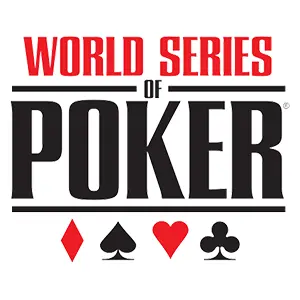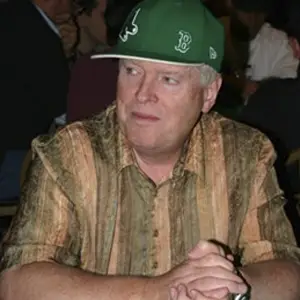Silver Bars To The Comeback Kid
Silver bars in weight

As the 1990s progressed, the World Series of Poker continued to grow and expand. During this period, the number of entrants ballooned to 350 players. The Horseshoe wasn’t properly prepared for this increase. The poker room had to be expanded, but it wasn’t enough to handle the increased traffic. Poker tables were set up in other parts of the casino and hotel, including the valet parking area and even the main entrance. The final table was moved off-location to accommodate the increased attention and fans.
The 25th anniversary milestone
The 1994 WSOP marked the twenty-fifth running of the championship. To commemorate the milestone, Jack Binion offered the winner of the main event his weight in silver. Among the finalists, most were on the slim side, but Russ Hamilton, weighing in at 330 pounds, posed a big threat to Binion’s pocketbook. Hamilton’s heavy weight was no accident, as he had a huge appetite and ate his way through the final table.
On the decisive hand, right after finishing a big meal, Hamilton was dealt pocket queens. He hit a set on the flop but decided to slow play it. His opponent, Hugh Vincent, caught a draw on the turn and pushed all his chips in on a semi-bluff. Hamilton eagerly called, and when Vincent missed his draw on the river, Hamilton finished him off on the next hand. Hamilton took home $30,000 in silver, the million-dollar top prize, and the world championship gold bracelet.
This was Hamilton’s first and only bracelet win at the WSOP. However, his notoriety didn’t end there. Years later, he was hired by Ultimate Bet as a resident pro and was held responsible for cheating players out of $22 million. Ultimate Bet eventually refunded the money, but the scandal left a lasting stain on the site.
Dan Harrington’s victory

In 1995, Dan Harrington’s tight play set him apart from his looser competitors. He earned the nickname “Action Dan” for his lack of action, similar to calling a big man “Tiny.” Harrington made his first WSOP final table in 1987. In 1995, he won the main event and later wrote an influential instructional series on tournament play.
Huck Seed’s triumph
The 1996 final featured Huck Seed, Men Nguyen, John Bonetti, and Dr. Bruce Van Horn. Most felt that Van Horn, a medical doctor who played poker on the side, was out of his league. After outlasting Men Nguyen and John Bonetti, Van Horn faced Seed. With a comfortable 2-to-1 chip lead, Van Horn called Seed’s all-in pre-flop raise with Ace of Any ColorJack of Any Color against Seed’s pocket queens. Seed’s queens held up, turning the tables. Seed quickly finished off Van Horn, earning the million-dollar prize.
The comeback of Stu Ungar
It had been 16 years since Stu Ungar won back-to-back WSOP main events and almost as long since he competed seriously. By then, Ungar had become a serious cocaine addict and had a gambling problem. In 1997, he was broke and in debt, but his friend Billy Baxter loaned him the $10,000 buy-in, believing in his talent.
On the first day, Ungar struggled, but with encouragement from Baxter, he survived. After a good night’s sleep, his natural poker brilliance took over. He amassed a huge chip lead and dominated the final table, winning the championship for the third time. He split the million-dollar prize with Baxter and dedicated the win to his daughter Stefanie.
The tragic end
A year later, Baxter offered to pay Ungar’s entry fee again, but Ungar’s condition had deteriorated. He was too embarrassed to compete. Ungar was seen begging for money at Las Vegas poker rooms, using the money to buy crack. Soon after, he was found dead in a motel room, his body unable to handle the years of abuse. Despite making over $30 million at the poker tables, he died penniless, and a collection was taken up to pay for his funeral.
World Series of Poker history
- The Beginnings
- Things Start Taking Off
- The Roaring Eighties
- The Early Nineties
- Silver Bars To The Comeback Kid
- Jack Binion Gets Forced Out
- The New Millenium
- The WSOP Gets Its World Rocked
- Harrah’s Takes Over
- The WSOP Moves To The Rio
- The WSOP Grows One More Time
- The Empire Strikes Back
- The November Nine Begins
- Once In A Blue Moon
- The 2010 Championship
- The 2011 WSOP Final Table Preview
- The 2011 WSOP Championship
- The 2012 World Series Of Poker
- The 2012 WSOP October Nine